As I was preparing the third installment in my ongoing series on the academic curation of "blackness" here in Japan, there was some breaking news of a related nature: Kyoto Seika University announced that Oussouby Sacko, a Mali national, would be its next president.
In doing so, it seems Kyoto Seika has set a historic precedent. According to the education ministry, Sacko is believed to be the first person of African descent to become president of a university in Japan. Wow, right?
I immediately made contact with Sacko and, serendipitously, he just happened to be en route to Tokyo on some business and eager to meet and share his story with Black Eye.
And what a story! The 51-year-old's journey from high school graduate in one of the least developed nations in West Africa to the top slot at a university in one of the world's most advanced was, as expected, oblique and rife with challenges. The first step on this trailblazing journey was making the transition from the familiar environs of West Africa to the utterly unfamiliar confines of communist China.
From the 1960s, the Chinese Communist Party sought to establish and nurture friendly relations with African nations and people of African descent under the aegis of its "Third World coalition." To this end, China began offering full scholarships to students from a number of African countries, including Mali. In 1985, Sacko was the beneficiary of one of these scholarships, providing him with the opportunity to study architecture at Nanjing's Southeast University.
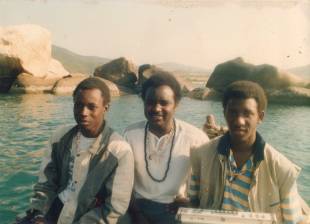
Having flown to China by way of a very modern Paris (his first time leaving the African continent), Sacko had high expectations for the level of development he'd be exposed to in China.
"When I arrived in Beijing, someone from the embassy came to pick me up. We were driving through Beijing but I kept asking the driver, 'Where is Beijing?'" he says with a laugh, recalling the surprise he felt at recognizing both the similarities between Mali and China and their differences. "Beijing was very basic. We were both really struggling — struggling to develop, struggling to know each other and to try to get through the moment."
Since all courses were to be taught in Chinese, before he could proceed to Nanjing to study he first had to take a crash course in Mandarin at the Beijing Language and Culture University.
"The course consisted of six months of basic Chinese to learn to communicate, and another six months of technical Chinese to be able to study," he says, laughing irrepressibly, "only to find out later that in Nanjing they spoke a different dialect. We could be sitting in class for hours and not understand a thing!"
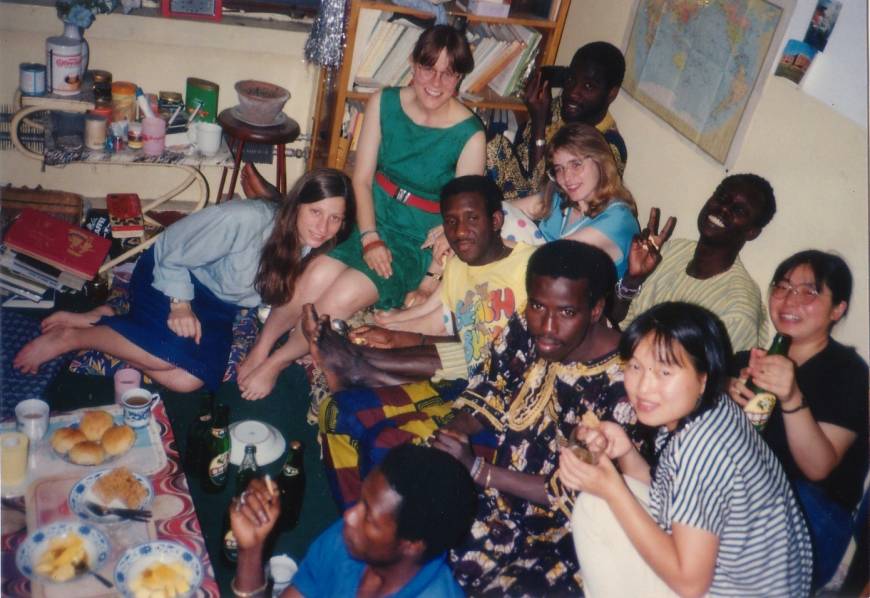
Race and resentment in Nanjing
Life in China set the stage for Sacko's Asian experience, revealing patterns that he'd encounter again and again. For instance, in Beijing, interactions with Sacko and his fellow African students were the first most Chinese had ever had with anyone foreign, or anyone who had seen the world beyond China's borders — not to mention anyone black.
"So, we were a kind of bridge between Chinese and the world," says Sacko. "We were foreigners capable of providing knowledge of a world they'll never see. At the time most Chinese couldn't go to the West, but we could go abroad and see everything. So when I'd go to Paris or Hong Kong and come back, my Chinese classmates would want to see pictures or know what books they had in Hong Kong."
Of course, there were also those who saw them as alien and a threat, so the African students had to unite.
"During this time, we had organized ourselves into a general union of African students and trainees," says Sacko, serious now. "And I was on the executive committee of the Nanjing group. We were prepared for any incident that happened to any African or black person.
"There were times when conflicts arose within us Africans as well. There were some people who wanted to set themselves apart, make a difference between African and black. Like the Maghrebian people (of northwest Africa), they sometimes would say, 'Oh, we're part of Africa, but we're not black. That's not our problem.' But if they had a problem with the Chinese suddenly they'd become very, very African!"
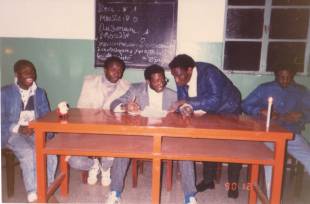
There was a major racial incident in China around this time. So major that it was even covered by the overseas press. Already agitated with the Chinese government over the turmoil in the economy during this era of reform, and just prior to the nationwide pro-democracy protests that led to the Tiananmen Square massacre, Chinese students waged violent protests against the African students. Sacko shared his thoughts on why hostility towards African students was so high.
"We were well-treated compared to Chinese standards," he says. "Our scholarships were very high. Some people even compared them with professors' salaries. We were living two students to a dormitory room while the Chinese crammed eight or nine into the same space. We had electricity all night while theirs ended at 10 p.m.
"And the Chinese could see this. But, to them, Africans were living naked in the trees in Africa, so we weren't supposed to have anything. That's the image China showed them of us, to illustrate that life in China is better than in African countries.
"But the Africans they saw in front of them were well-dressed, they traveled, they had music and dance, they were happy and free. And on top of that, they had Chinese women. It was envy, and that contributed hugely to the conflict."
In December 1988, set off by a series of confrontations between African and Chinese students, and an incident at neighboring Hohai University involving a couple of male African students with Chinese dates that resulted in a clash and a number of injuries, the Nanjing anti-African protests began. Around 300 Chinese students, responding to a rumor that a Chinese man had been killed by an African, stormed the students' dormitory chanting "Kill the black devils!" Fearing for their lives, Sacko and his fellow African students raced to the rail station in Nanjing intent on heading back to Beijing and the safety of their respective embassies. But their departure was prevented by Chinese police.
"They took us to some secret place and harassed and interrogated us, asking if we intended to continue our stay in China or not," he says. The altercation was soon tamped down, but not before Sacko pleaded the African students' case.
"We made a group of representatives, with me as leader, and we went to meet the Malian president during his official visit to China," says Sacko. "He was also the executive president of the African Union at that time. I made a speech, explaining the situation and asking the African leaders to find a solution for the problems of African students in China."
Studies soon resumed, but African students mostly remained on campus for their own safety. The Chinese students had bigger fish to fry, though — namely, their own government. The bloodshed around Tiananmen Square occurred just a few months after this incident, during which many students lost their lives at the hands of Chinese troops.
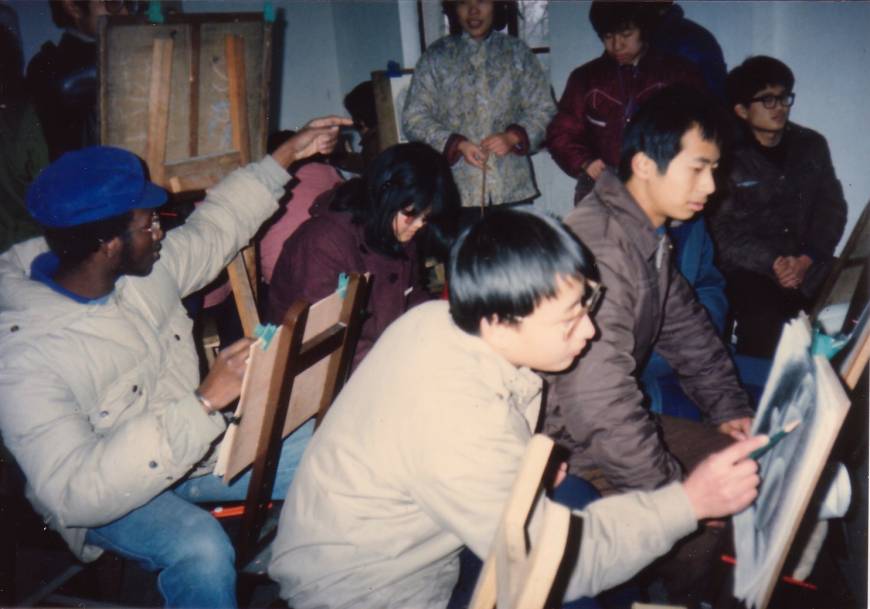
Solutions await elsewhere
Sacko didn't have any particular problem with his Chinese classmates, but he did have issues with the teachers, who, he says, were prone to spewing hypocritical propaganda about China's greatness while remaining infatuated with Western architectural ideas.
"My problem with the Chinese professors was they had this kind of complex vis-a-vis foreign cultures," Sacko says. "They were telling us that China will be the best in 20 years, and at the same time telling us they were sending their kids, if they could, to Paris to study. And that in architecture we have to build the way it's done in Manhattan.
"So, if I made a drawing, the professor would take a take a look at it, and say, 'Oh that's a foreign idea,' take it and develop it. And in about a year you would see the building! I liked seeing my ideas made real, but there was no research behind it."
In his five years at Southeast University, Sacko not only completed his undergraduate degree but his postgraduate work as well. It was during this period that he made a discovery that convinced him that China was not a place where he could build a life.
"I was asked to design a hotel for foreign visitors," he says. "And as I was doing my field research, I noticed that one or two people were always following me. They said it was for our security, but I didn't know what kind of report was being made on me. So I never felt comfortable and free to do my research.
"Besides, I knew that Mali and China had the same goal: to develop. But I didn't think China had the best solution to reaching that goal. So that's when I decided to see what was happening in other countries."
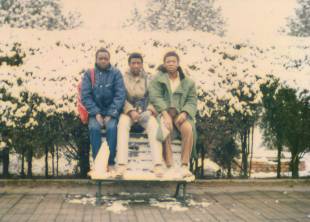
Following his graduation from Southeast University, Sacko was expected to return home to Mali and work for a government agency, but he had other plans. He was drawn to researching social housing for low-income residents and the conservation of architectural heritage, with the intention of playing a major role in finding solutions to both.
"The Malians who'd received scholarships abroad before us were obligated to return for 10 years," he explains. "But that changed because Mali could no longer guarantee employment for us upon our return. So we were allowed to remain abroad with the option of returning annually to work on projects in Mali. I still go back twice a year and keep an architectural office there so I'll always be connected."
As his time at Southeast drew to a close, he searched for a place where he could build a career and a future.
"Having traveled around for research in France and several other places, I felt these countries had already found their solutions," he says. "But, after graduation, I came to Japan for a month, just for traveling. And it was clear to me Japan was still looking for theirs."
Japan wasn't about to roll out the red carpet for professor Sacko, though. But that was OK. He's a man more than capable of rolling it out for himself. And, as you'll see in the second part of this remarkable journey, he did just that.
The conclusion of this story can be found here. Baye McNeil is the author of two books on life in Japan. See www.bayemcneil.com.
Send your comments and Community story ideas to: [email protected]



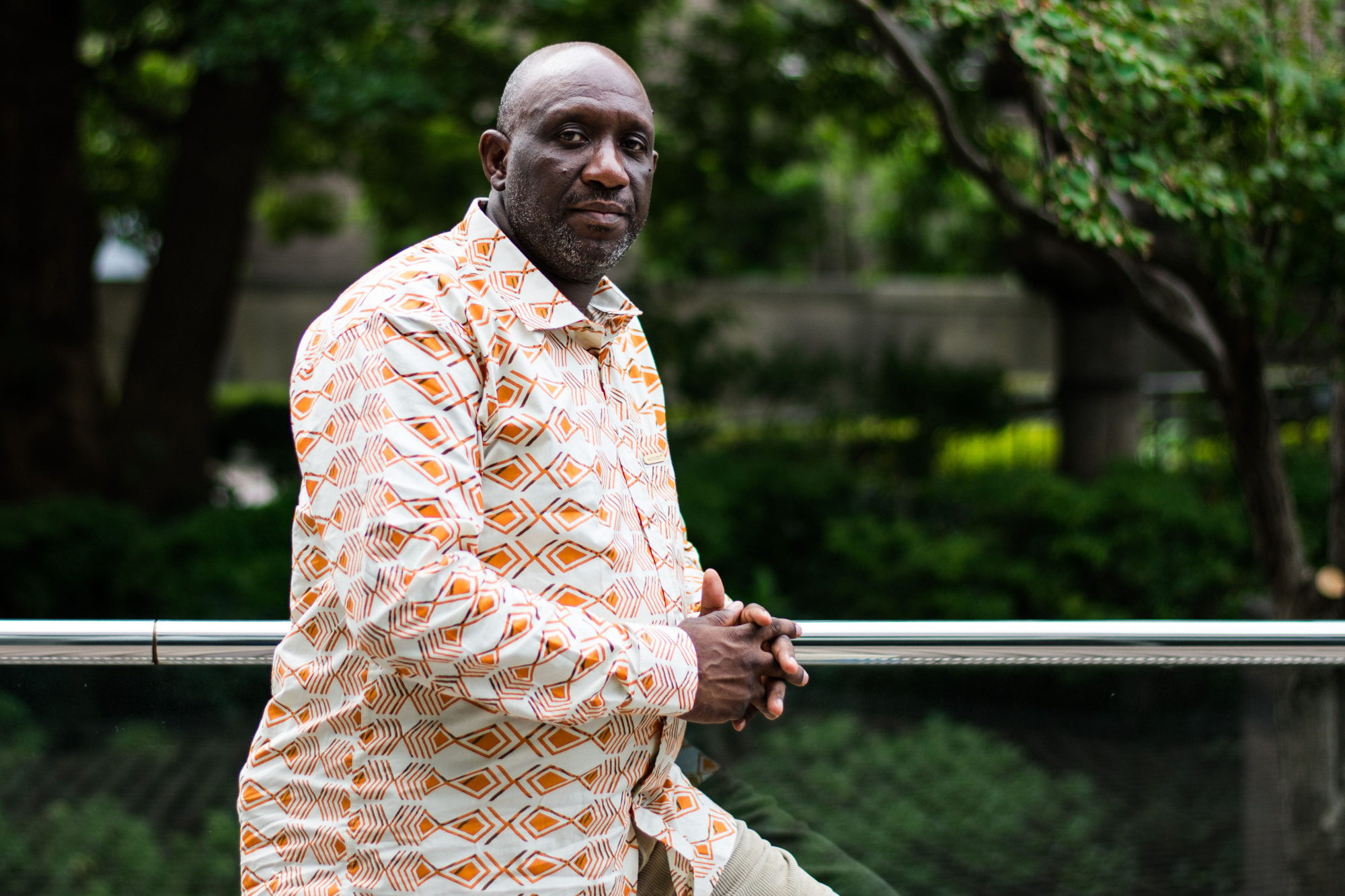
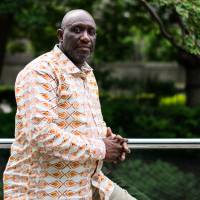
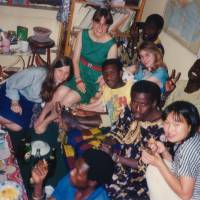
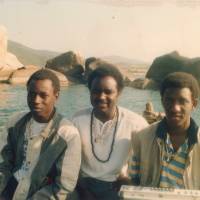
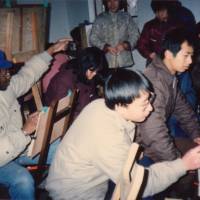
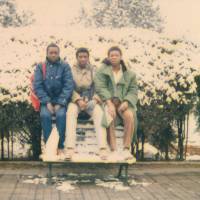
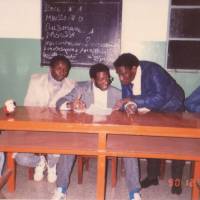















With your current subscription plan you can comment on stories. However, before writing your first comment, please create a display name in the Profile section of your subscriber account page.